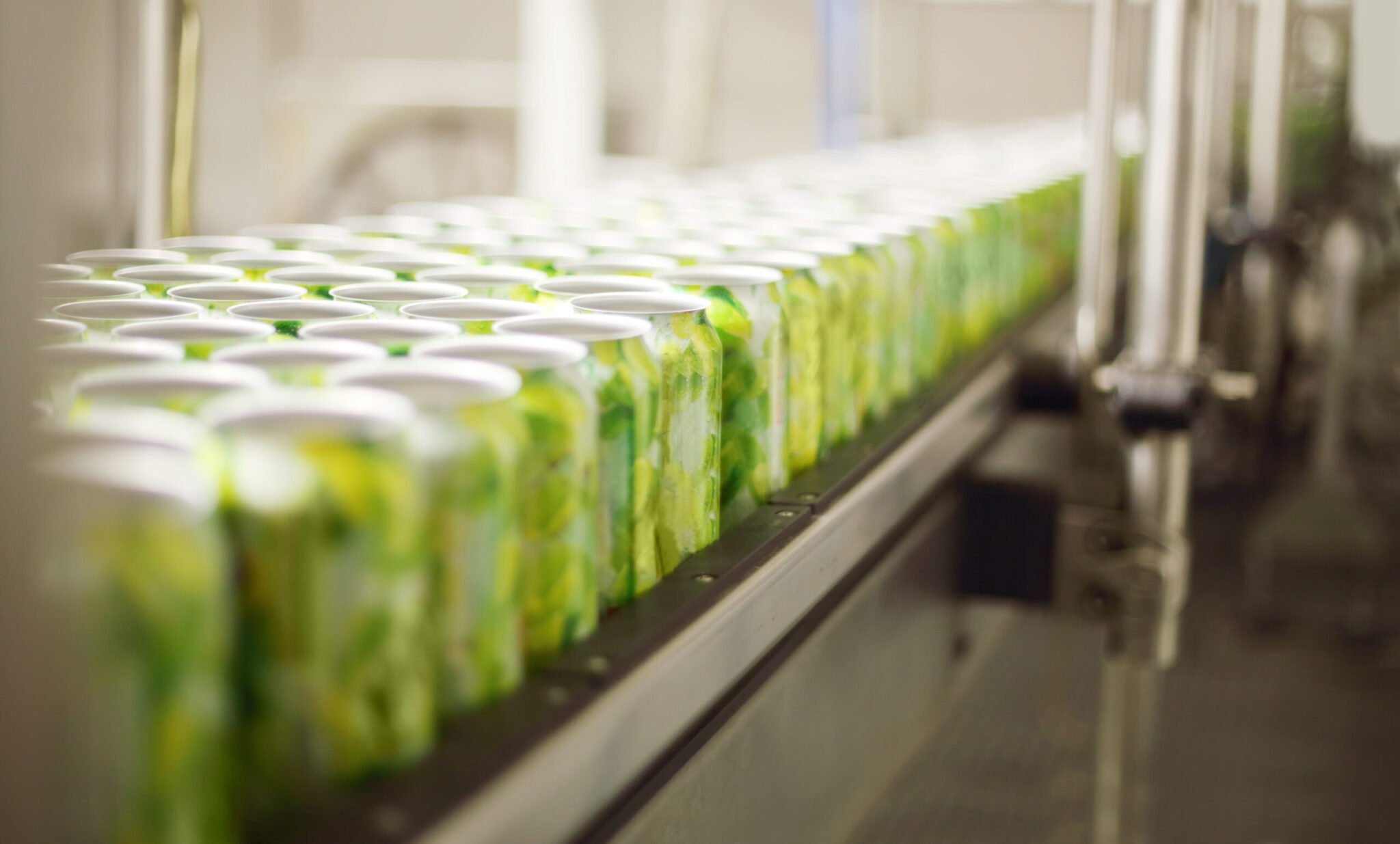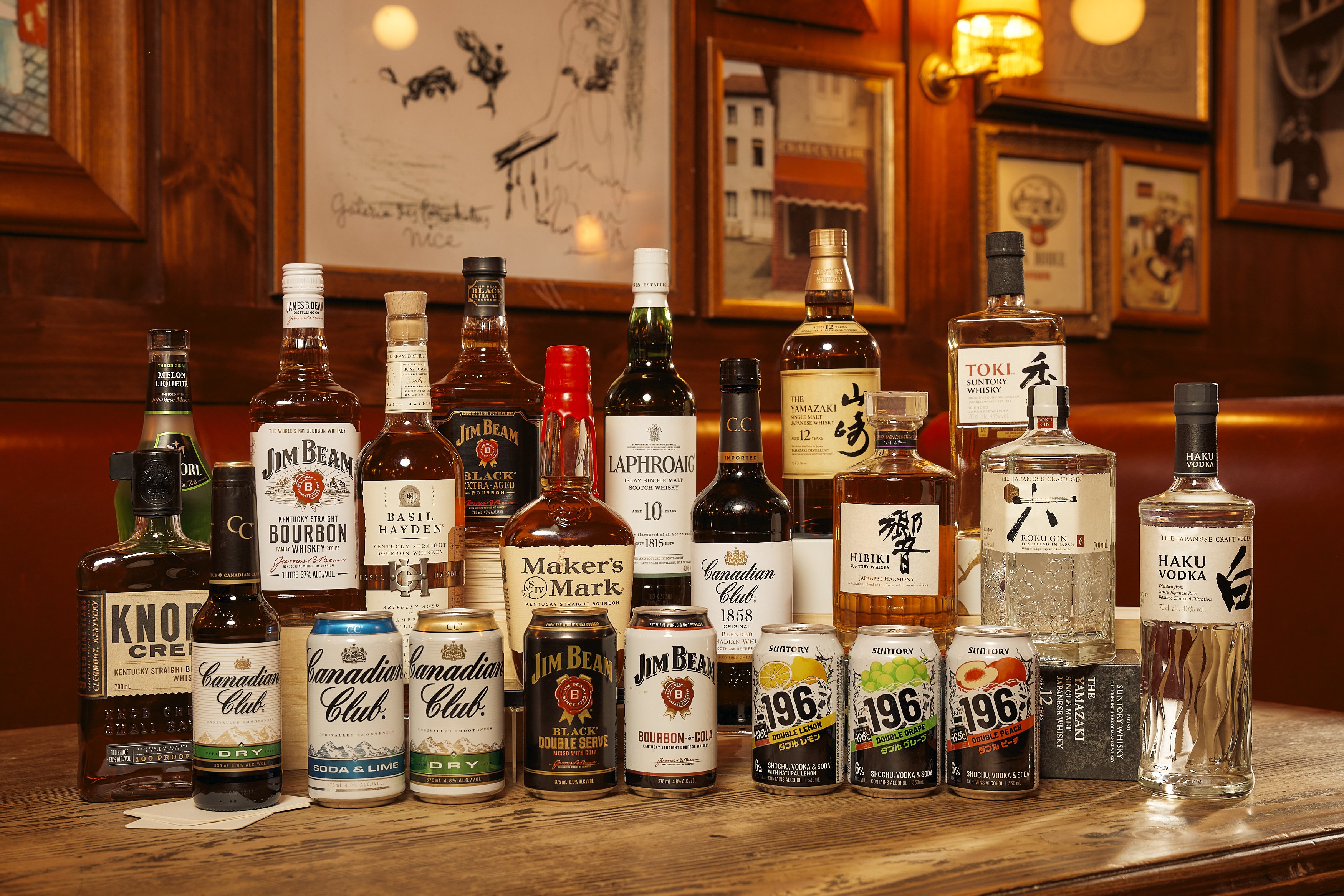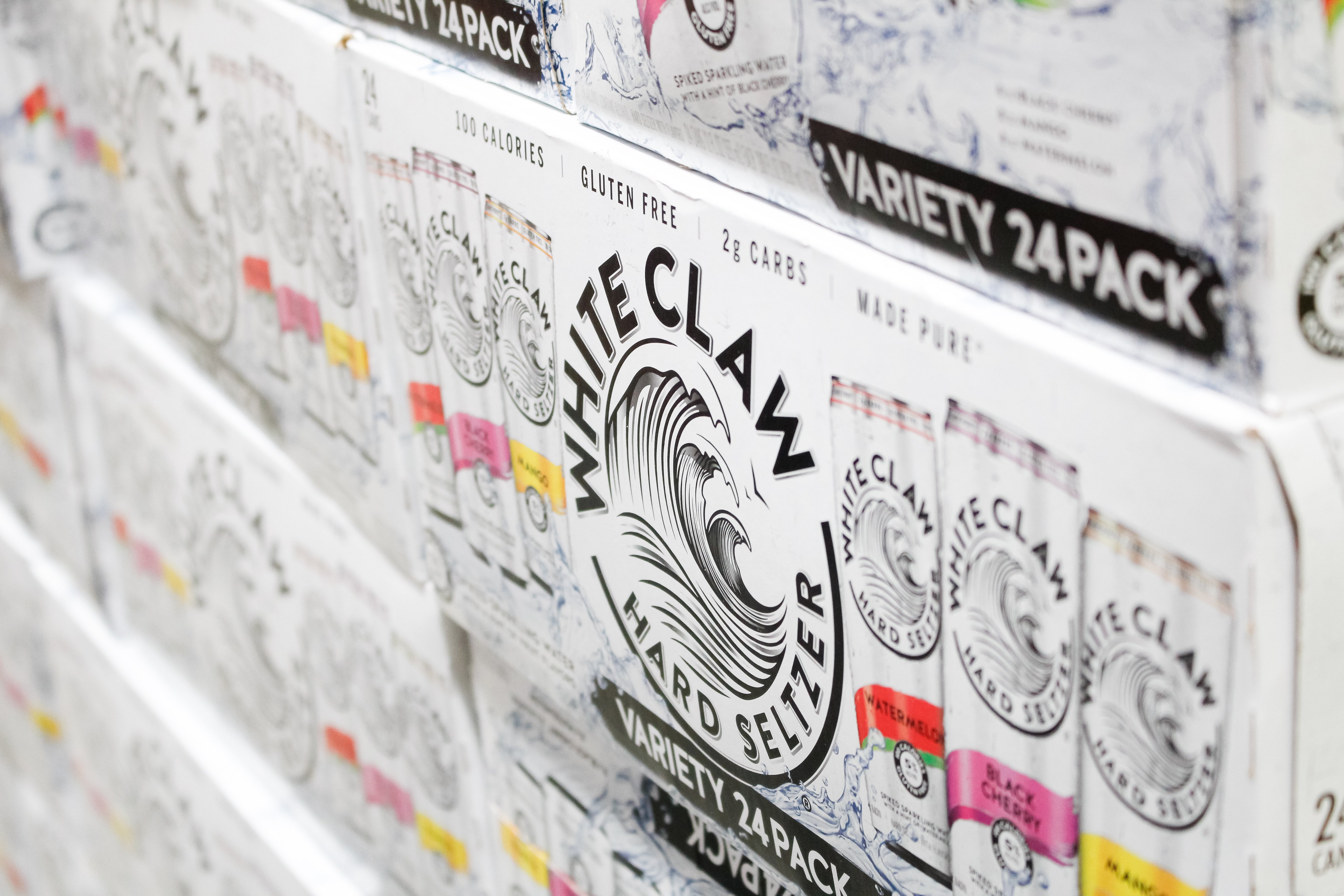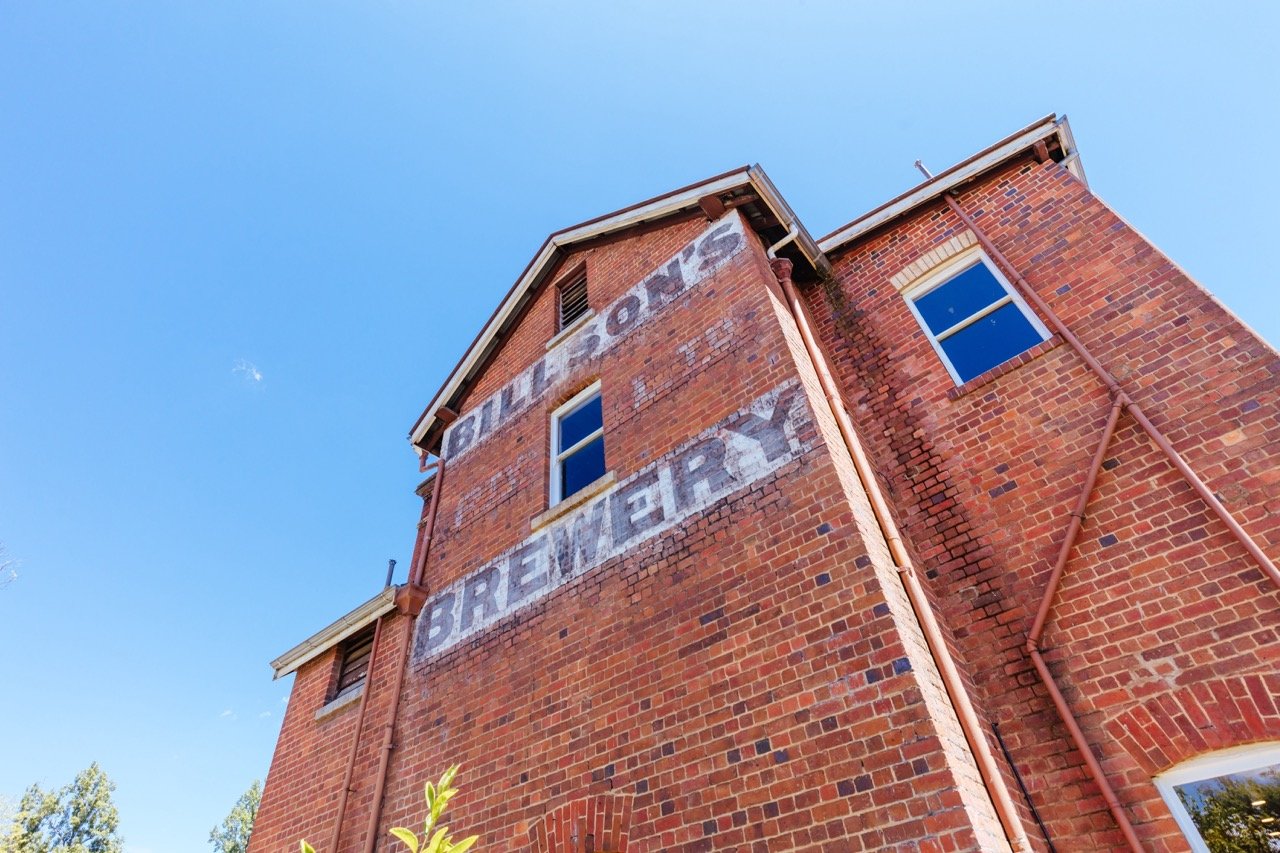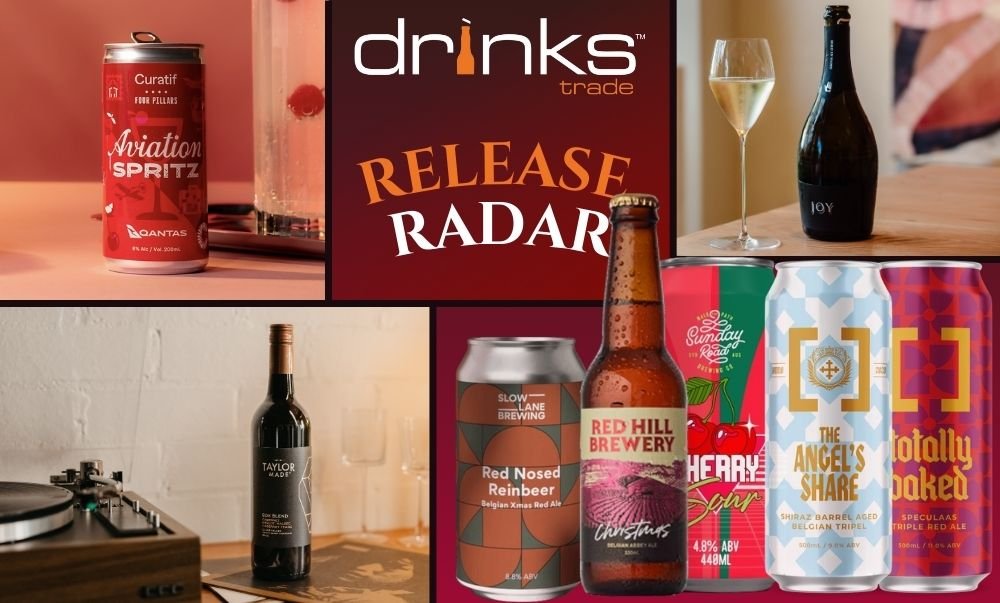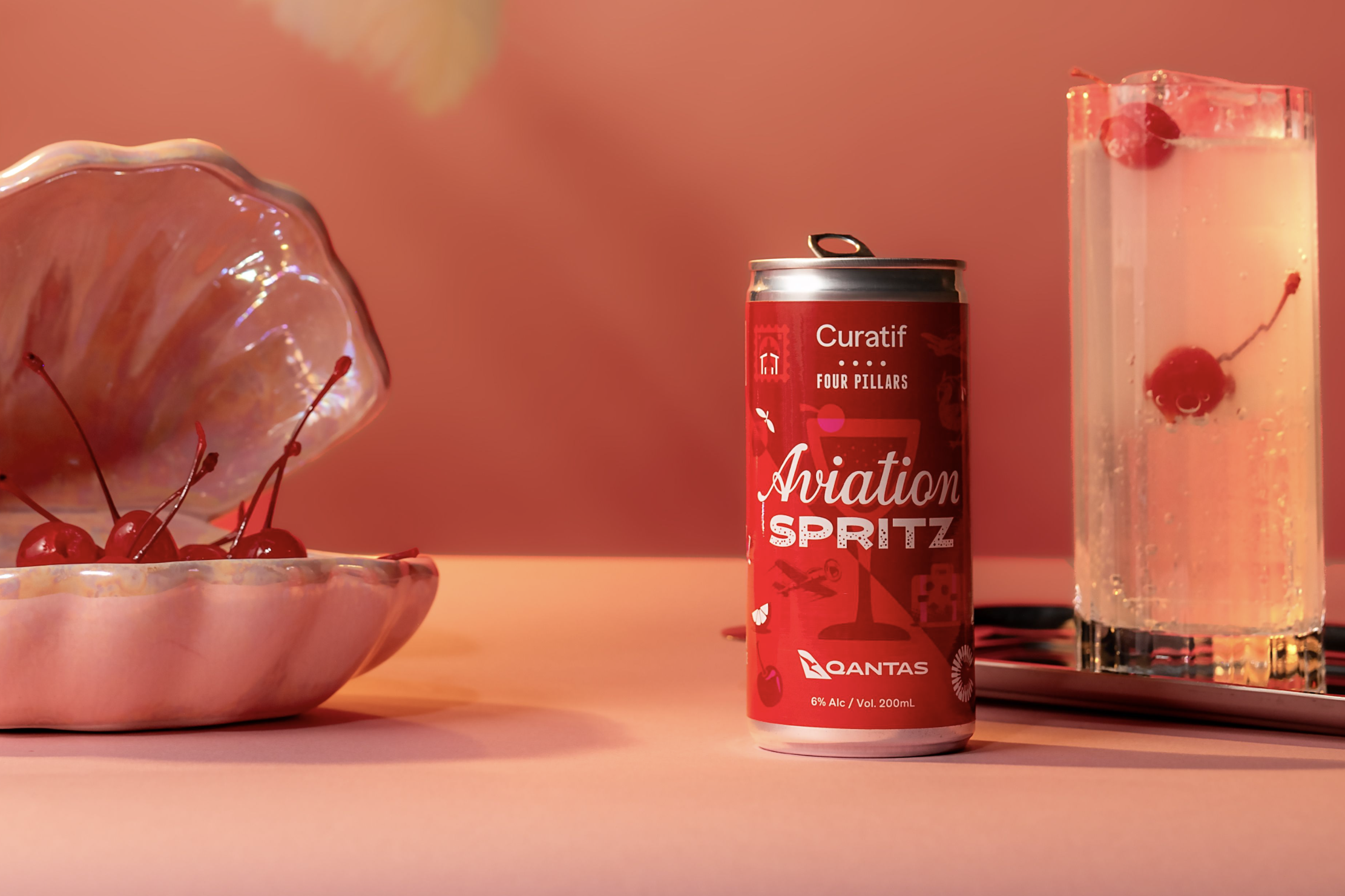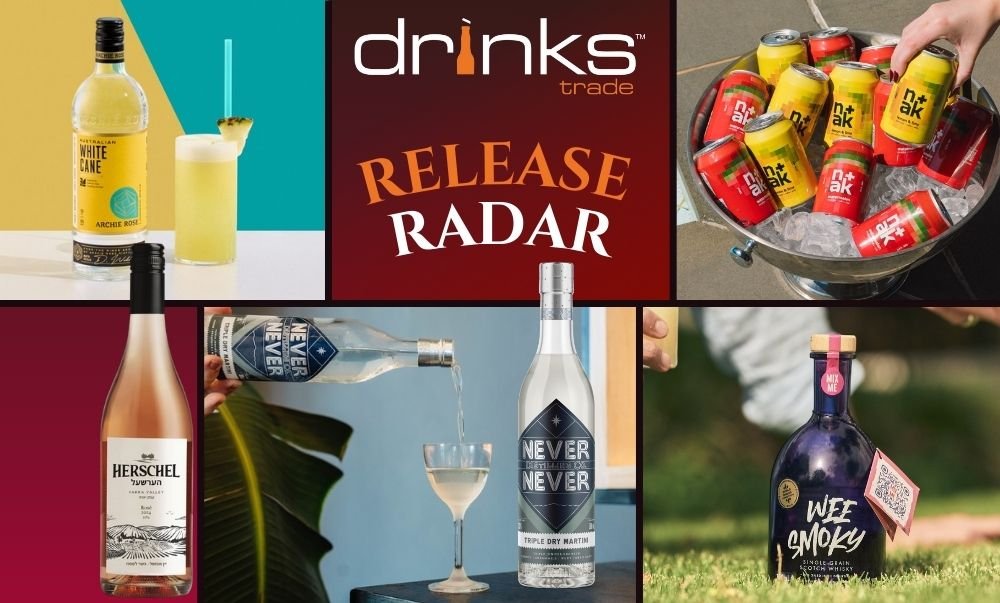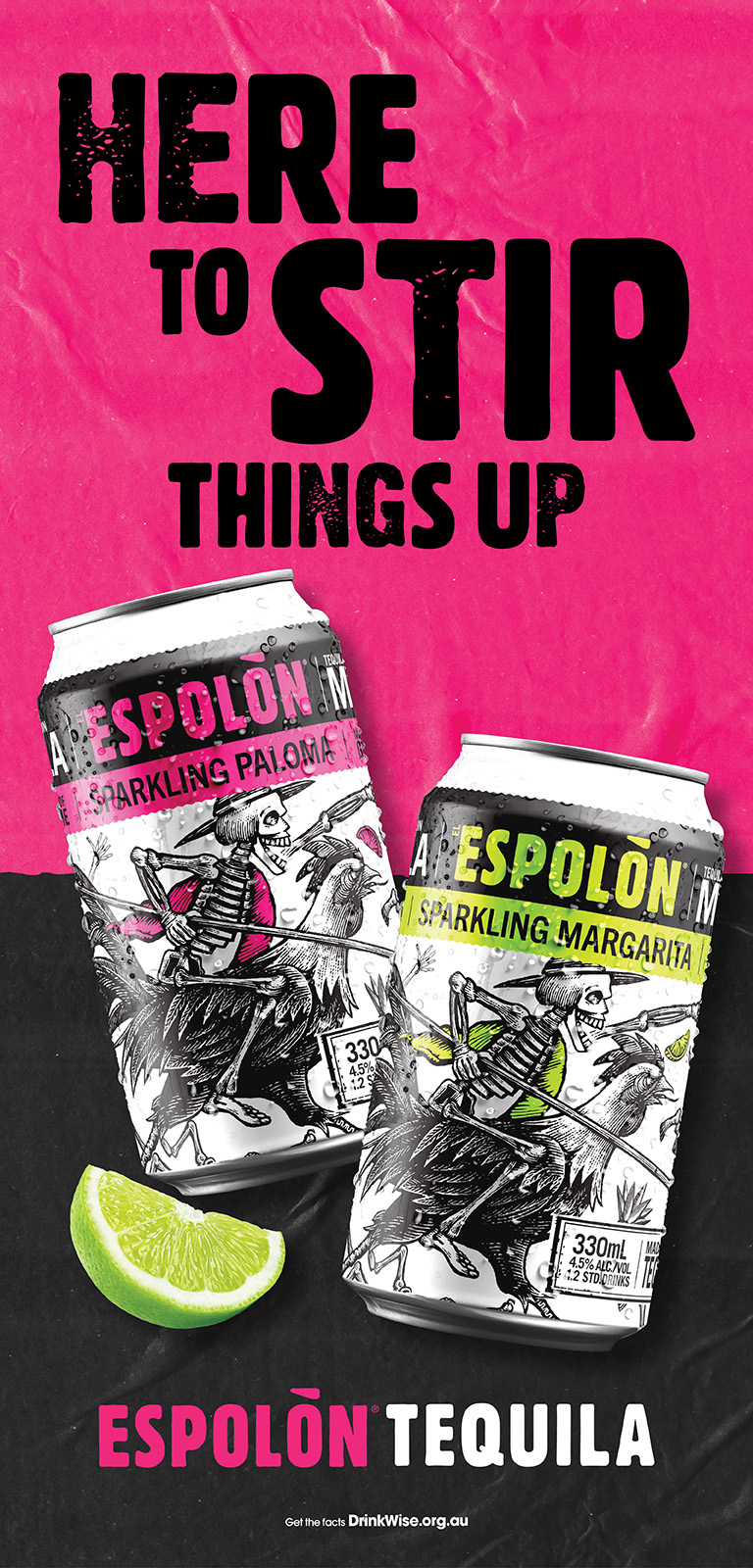Yesterday, Drinks Trade staff tasted through seven Australian RTD products recently released to market. The results highlighted the diversity of the category, and included interesting examples such as local alternatives to a traditionally North American subcategory, a relaunch of a 90s cult classic, a modern take on mead, and another addition to the lemon flavoured RTD category.
Being the third largest RTD market globally, Australia’s RTD sector - described by IWSR’s Head of Research APAC Sarah Campbell as “a sizeable, mature category that is being reinvigorated by the refreshment and premiumisation trends” - has been growing at an average rate of more than 5% per year since 2018, largely “dominated by dark spirit-based drinks that have come under pressure in the face of moderation trends.
“This has led to the launch of more zero-sugar and soda-based variants, keeping interest in the category alive,” continued Campbell.
Despite being the only major drinks category that grew by volume in 2023, the global RTD sector remains notably fragmented on a market by market basis. Recent IWSR analysis highlights three factors as underpinning the future outlook of the category: the macroeconomic climate, RTD product fatigue in some key markets, and slowing innovation rates. To address these, the IWSR put forth five questions that RTD producers, or potential RTD producers, should be asking themselves as they plan their business strategy.
“Does an RTD’s alcohol base still matter to consumers, and how should it inform product development and branding decisions?”
According to the IWSR, “Alcohol base was the joint second most important factor in RTD selection across 10 key RTD markets last year.” While malt- and wine-based RTDs showed declines throughout 2023, spirit-based RTDs outperformed their parent category, the only base to do so.
As it stands, vodka is the preferred base for RTDs across the 10 markets studied by IWSR, preferred by 45% of consumers. Following this, wine was chosen by 32% of consumers, whisky by 31%, rum by 30%, tequila by 29%, and gin by 27%.
Despite wine being in decline, certain wine-based RTD subcategories are still notably in growth. This includes the Spritzer category, which has seen recent entries from Australian wine producers Brown Brothers and Zonzo Estate.
“This is our first time in the RTD market, which also means we are in a new learning phase, and that can always be a little daunting; but the reception to these products thus far has been overwhelming, in the best possible way,” said Rod Micallef, Director at Zonzo Estate.
Emma Brown, Head of Innovation and fourth generation Brown family, added that the new spritz releases tailors to a broader range of occasions than wine, “attract[ing] Gen Z and millennial consumers through their sophisticated yet approachable flavours that deliver to taste and refreshment.
“They can be placed in the middle of the table and shared amongst a group of friends for a celebration or just simply to get together, they are fun and equally convenient,” she added.
“How is the macro-economic climate impacting the influence of RTDs on the wider beverage alcohol landscape?”
Beverage alcohol producers should consider where they are stealing share in local markets, and whether this can be leveraged to recruit new consumers or protect market share. Part of the success of RTDs has been down to their flexibility, tailored both to consumers impacted by cost of living pressures and to consumers looking to enjoy premium spirits at a fraction of the bottle price. Last year across ten key RTD markets studied by IWSR, spirits was the liquor category most often drunk in the same occasions as RTD, with beer being the drink most frequently replaced by RTD. Beer was also the category that most Australian RTD drinks drank before transitioning, followed by spirits and wine.
According to Emily Neill, Chief Operating Officer of Market Research at IWSR, the current climate “is immensely challenging for beer and spirits companies when they are launching or expanding an RTD brand, because each market has its own individual taste preferences.”
Susie Goldspink, Head of RTD Insights at the IWSR, added that, while “IWSR consumer data suggests RTDs are primarily stealing share from beer… there are interesting differences in age groups, with the LDA Gen Z cohort most likely to replace spirits with RTDs, and Boomers most likely to replace wine.”
“To what extent are Ready-to-Serve products still relevant?”
According to the IWSR, new Australian RTD product launches are currently on the decrease following a peak in 2023. Similarly, US RTD launches have dropped significantly since a peak in 2021.
Producers are encouraged to consider the market demand for their products, along with changes in consumer preference and
“Which RTD segments are reaching maturity?”
Since 2021, the overall pace of RTD innovation has slowed, as revealed by the number of new RTD product launches across the ten key RTD markets studied by IWSR.
In its analysis, IWSR wrote: “As the RTD category matures in some markets, we will see more product rationalisation to combat consumer fatigue and oversaturation. Producers will need to be more strategic and targeted in their product launches.”
Luis Osorio, Head of Consumer Research, added that “the pace of innovation shows that it’s never too late to launch a brand… in a flavour-driven market such as Brazil. A new brand can enter the market and dominate, or at least gain share rapidly.”
“Is the on-trade the next frontier?”
While the success of RTD has largely been the result of its suitability for at-home occasions, 40% of consumers told IWSR that they “drink RTDs in a pub more often than the previous year.” As a result, many companies are now targeting the on-premise for growth of its RTDs.
Share the content
